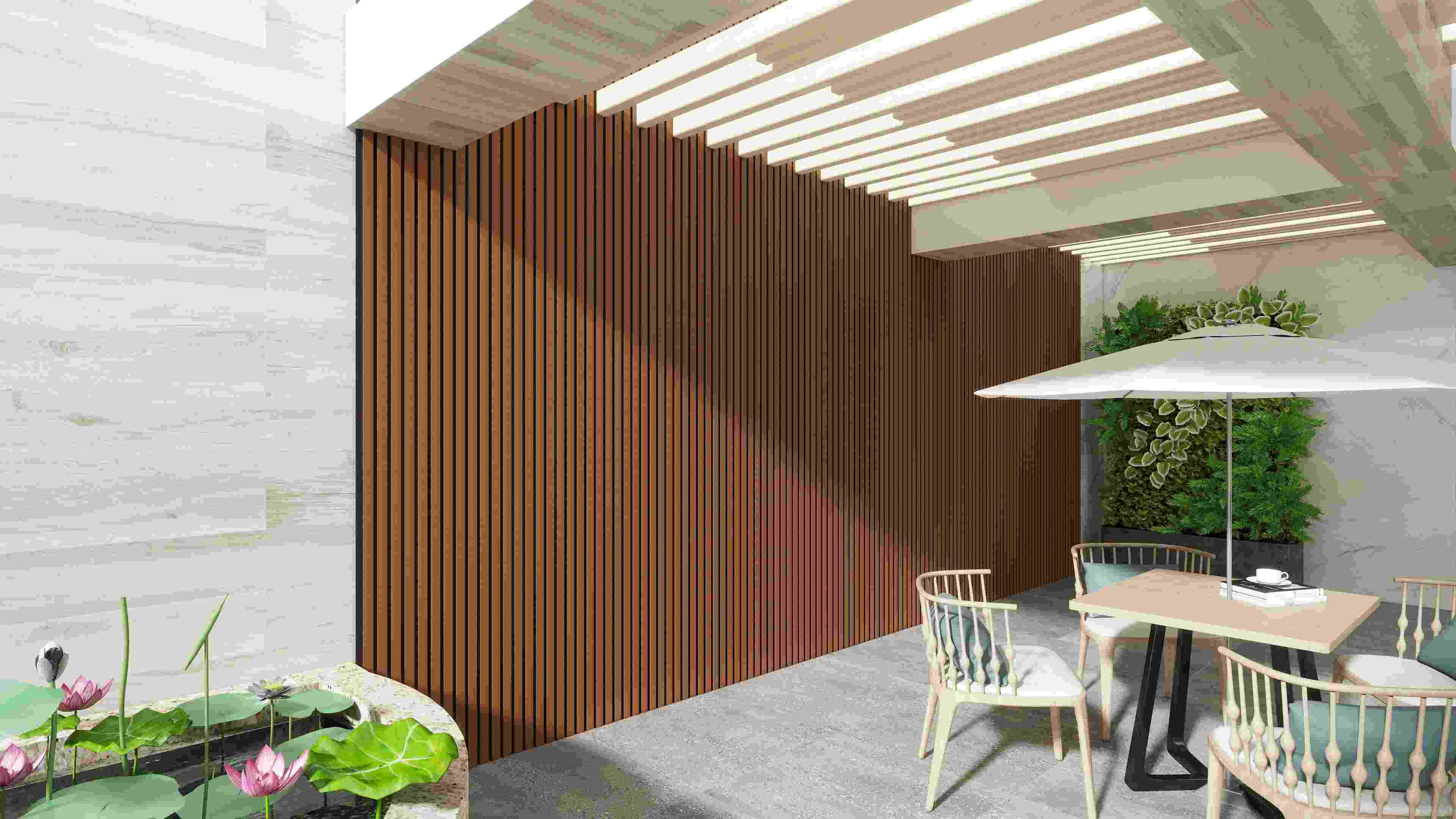How to Evaluate the Cost-Effectiveness of Wall Cladding? Make Sure Every Penny You Spend Is Worth It
22nd September, 2025In construction projects, wall cladding is not just an aesthetic feature, but an essential element that enhances the performance and value of the building. As a building material manufacturer, understanding the key factors that clients consider when choosing wall cladding can help you offer more competitive products and services.
1. Material Performance and Durability
One of the primary functions of wall cladding is to protect the building from external environmental factors. High-quality wall cladding should have excellent weather resistance, UV protection, and waterproof performance. For example, wall cladding made from Wood Plastic Composite (WPC) can effectively resist moisture, corrosion, and UV rays, extending its lifespan and reducing maintenance costs.
2. Ease of Installation and Maintenance Costs
The ease of installation of wall cladding directly affects construction efficiency and labor costs. High-quality wall cladding should be well-designed, with complete accessories for quick installation and easy maintenance. Additionally, low maintenance costs are a key indicator of cost-effectiveness. Choosing materials that do not require frequent painting and are easy to clean can significantly reduce long-term maintenance expenses.
3. Environmental Friendliness and Sustainability
With the growing emphasis on green building practices, environmental friendliness and sustainability are critical factors in evaluating the cost-effectiveness of wall cladding. Choosing wall cladding made from recyclable materials, without harmful substance emissions, not only meets environmental standards but also enhances the building’s green certification level, increasing the project's market competitiveness.
4. Aesthetic Appeal and Design Flexibility
The aesthetic design of wall cladding should match the architectural style and enhance the overall appearance. High-quality wall cladding offers a variety of textures and color options to meet different design needs. Additionally, good design flexibility ensures that wall cladding can be applied to various building types, from residential to commercial buildings, providing versatile solutions.
5. Cost-Effectiveness Analysis
Based on the factors mentioned above, a comprehensive cost-effectiveness analysis should be conducted. While the initial investment may be higher, considering the long-term lifespan, maintenance costs, and environmental benefits, high-quality wall cladding delivers greater cost-effectiveness. Although it may cost more than low-quality products, from a project perspective, premium products are more economical in the long run.
FAQ:
Q1: How long will the wall cladding last?
A1: High-quality wall cladding can last over 15 years with proper usage and maintenance.
Q2: How long does it take to install wall cladding?
A2: The installation time depends on the project scale and complexity. In general, a standard installation can be completed within a few days.
Q3: Is wall cladding difficult to maintain?
A3: High-quality wall cladding is designed for easy cleaning and maintenance. Regular checks and cleaning are enough to keep it in good condition.
